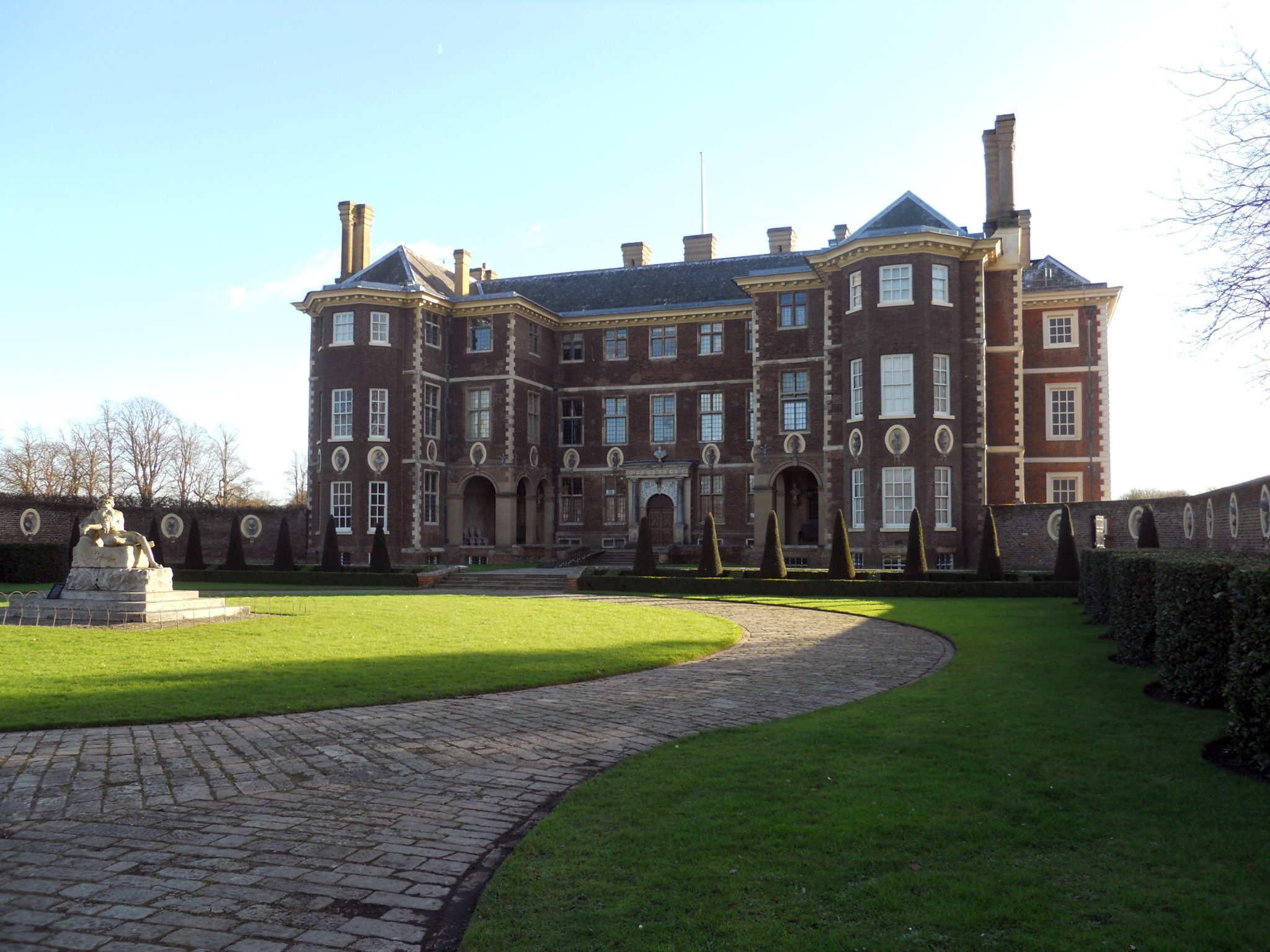When you stop and think about it, adding solar panels to a listed building feels like merging two distinct worlds—history and modernity, coexisting harmoniously. It’s quite the fascinating combination, isn’t it? Combining age-old architecture with cutting-edge solar technology can create something truly remarkable. However, it’s not always smooth sailing. Installing solar panels on a listed building requires a lot of thought, careful planning, and the approval of local authorities. It’s essential to tread lightly since these buildings carry significant historical and cultural importance. Even your intentions to conserve energy must align with preserving the building's original character. Without further delay, let’s explore what you need to consider before proceeding with solar panel installations on a listed building. The first major difference between installing solar panels on listed buildings versus regular ones lies in the planning process. For ordinary buildings, solar panel installations typically fall under 'permitted development,' meaning you don’t need formal planning permission as long as you follow standard guidelines. However, when it comes to listed buildings, things get more complex. In order to install solar panels on a listed building, you’ll need to apply for what’s called ‘listed building consent’ (LBC). This consent isn’t a given—it’s granted on a case-by-case basis by your local council. You’ll need to make a compelling case and demonstrate that your proposed installation respects the building’s heritage. Additionally, even if you secure LBC, you might still require planning permission, so it’s wise to anticipate both requirements. One way to strengthen your application is to think creatively about the placement of your solar panels. Perhaps you could involve professionals to assess the design or suggest alternatives that blend seamlessly with the building’s aesthetic. The key is to show that you’ve given serious thought to the project. By adding solar panels, you’re altering the original structure of the building, which could impact its historical integrity. It’s vital to respect the materials and design of the building while making your modifications. You don’t want to compromise the beauty or historical significance of the structure, especially since such buildings often hold immense sentimental value for the surrounding community. To ensure harmony, choose materials that complement the existing ones. Before proceeding, it’s critical to identify the exact materials used in the building. Some older materials may not be able to support solar panels directly, but you can opt for brackets or other supporting methods that still preserve the building’s integrity. Installing solar panels on a listed building is a delicate process, and if circumstances change and you need to remove them later, it should be done efficiently and without causing further damage. Ensure that your chosen system is designed for easy removal before finalizing your decision. According to Historic England, they prioritize two key principles: minimal intervention and reversibility. This means that the installation should be subtle and easily reversible, allowing for the restoration of the building to its original state if necessary. If you plan to connect the solar panels to the national grid, the placement of electric meters becomes crucial. Discretion is paramount here—avoid cluttering the exterior of the building with large, unsightly meter boxes. Instead, approach the layout strategically, taking into account logistical factors like access points and visibility. To achieve this, it’s advisable to consult with a professional engineer. They’ll help you determine the optimal locations for the meters while keeping the overall aesthetic in mind. Their expertise will ensure that your solution is both functional and visually appealing. Not every roof type is compatible with solar panel installations. For instance, if your building has a thatched roof, solar panels are generally not recommended due to the fragile nature of the material. Thatch deteriorates over time, becoming thinner and weaker. Given that most photovoltaic (PV) systems come with 25-year warranties, Historic England often rejects solar panel applications for thatch roofs. Before moving forward, discuss your building’s specific roof material with your solar installer. While slate roofs usually support solar panels, lead roofs can pose challenges depending on their condition. There are countless variables involved, so it’s essential to seek expert advice tailored to your situation. Our team of experienced solar professionals can provide the guidance you need. With years of experience delivering advanced solar solutions to homes, businesses, and various types of buildings, we’re committed to helping you find the best approach for your listed property. Give us a call at 0800 112 3110 to schedule a consultation. It’s a relaxed conversation where we’ll discuss your options and answer any questions you may have. Alternatively, feel free to complete our online enquiry form. Titanium Alloy Seamless Spiral Tube Titanium Alloy Seamless Spiral Tube,Titanium Alloy Welded Steel Pipe,High Strength Titanium Spiral Tube,Medical Titanium Alloy Spiral Tube Jiangsu Maihe New Materials Technology Co., Ltd , https://www.maihetube.com
Securing Listed Building Consent
Respect the Building’s Heritage
Considerations for Removal
Strategic Placement of Electric Meters
Assessing the Roof Material
We’re Here to Help